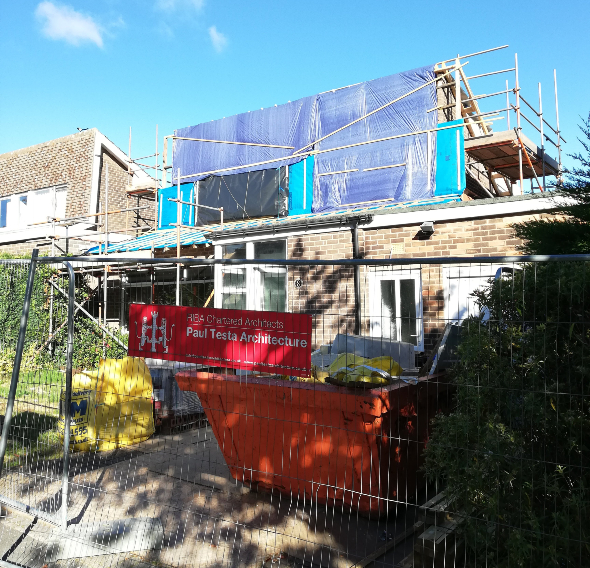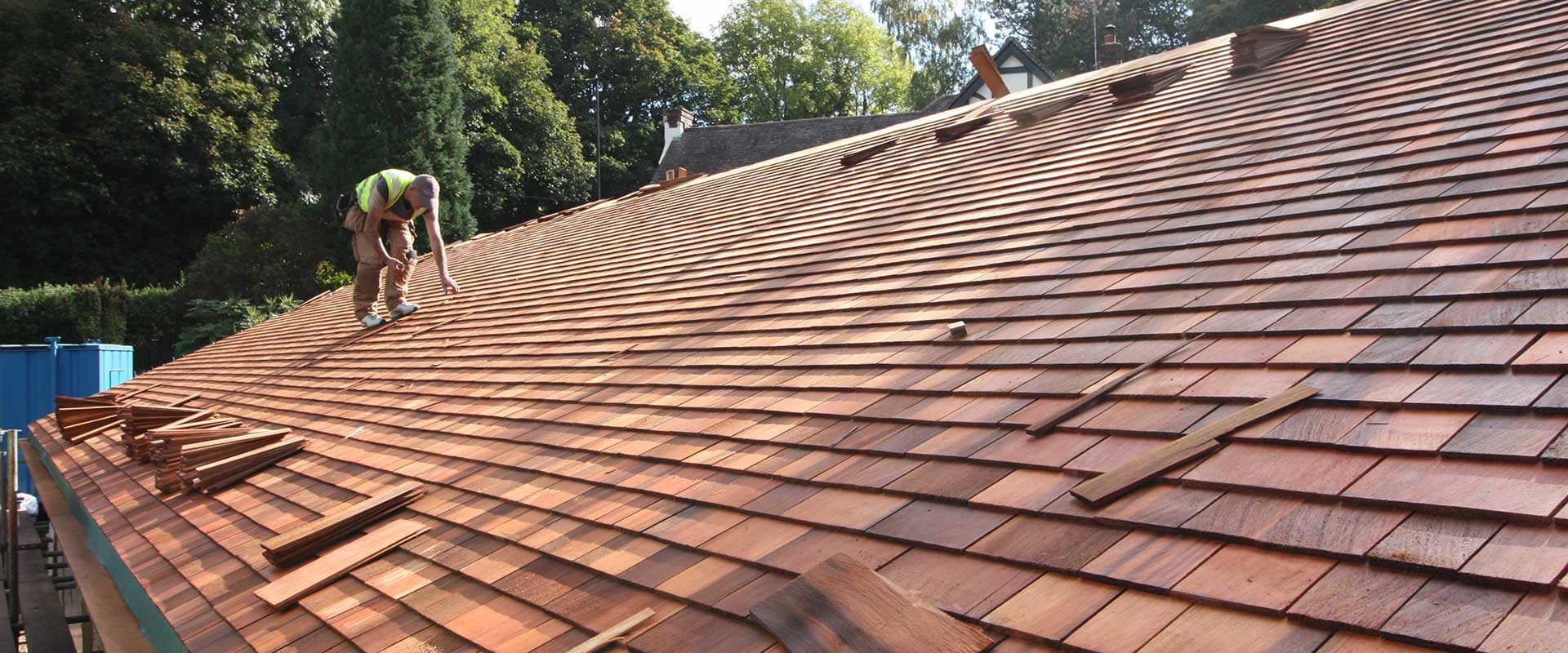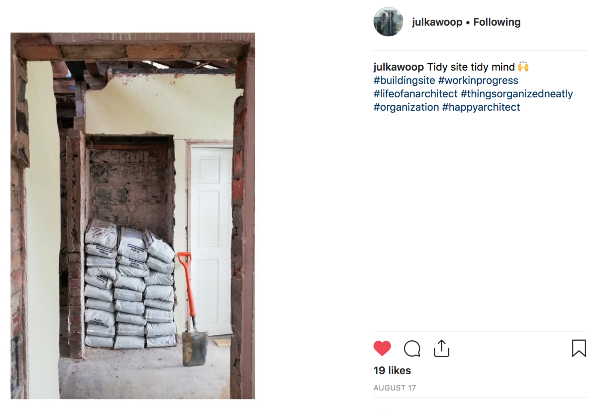Behind the excitement of building your dream project lurks one of the least glamorous, but most vital aspects of construction, Health and Safety.
Tackling the Hen House roof
As a domestic client, you’re not expected to supervise and manage the building work. However, decisions you make regarding cost, time or resources will impact how the work is carried out.
Subsequently you could become liable for the impact these have on the health, safety and welfare of workers on site. This liability is governed by the Construction (Design and Management) Regulations 2015, or CDM for short!
What is CDM?
Construction is one of the most hazardous trades in the UK and a major cause of accidents at work. The CDM regulations aim to make the construction industry a much safer place to work.
By following the regulations you will reduce the chance of anyone being harmed during building work. Combined with proper preparation, they can also reduce the risk of unexpected problems and costs arising for you as a client.

The Fairway project, safe and secure
A key element of CDM is forming a team who can create a safe working environment for all involved. This consists of the following parties:
- A Client: anyone who wants the work performed.
- A Principal Designer (PD): anyone who makes design decisions.
- A Contractor (C): anyone who undertakes the construction work.
- If there is more than one contractor, it is also necessary to have a Principal Contractor (PC).
Am I responsible as the client?
Yes. As a domestic client, you assume responsibility for appointing a Principal Designer (PD) and a Principal Contractor (PC).
These must be adequately qualified professionals and appointed at the right time. Remember: it’s important you have written contracts in place for this.
It’s also recommended to appoint a PC and PD as early as possible in the process. This will help them coordinate their work to reduce the risk of any incidents.
Doesn’t my architect deal with this for me?
Not necessarily. Appointing an architect as the PD gives them the following responsibilities:
- Produce a design that can be constructed, used and maintained safely
- Coordinate the design process with other consultants so health and safety is fully considered.
- Provide information to the contractor to help them construct the project safely.
- Deliver, if still appointed, a health and safety file to the client.
But you still have responsibilities as a Domestic Client that are transferred to your contractor. This applies even if there is no PD in place.
Alternatively your architect, acting as PD, can take over your duties if you prefer. You just need to confirm this in writing.

Julie visiting the Hen House during construction
Still worried?
Don’t panic! As a client it’s vital to appoint a competent contractor as they will have most influence on the safety of their employees and the public.
Good Contractors can make this easy by doing the following:
- Fencing off the project to prevent unauthorised access and protect the public.
- Ensuring their staff are adequately skilled and knowledgeable.
- Equipping their team with the correct safety equipment.
- Providing toilet and welfare facilities for workers and visitors on site. This in turn helps the quality of their work.
- Keeping the site clean and clear of debris. This in turn helps the quality of their work.
Are you thinking of managing your self-build project?
As a domestic client, you don’t necessarily have to appoint a PC if you are keen to manage the project yourself. If you decide to directly employ subcontractors for your build, you will adopt the role of the PC. This would mean that its associated responsibilities would instead fall on you.
If you would like to have a chat about your construction project, we’d love to hear from you.
Useful links:
If you are contemplating managing a project yourself, Homebuilding & Renovating have a helpful guide on acting as your own principal contractor.
The Heath & Safety Executive also have a wealth of material which clarifies relevant roles and responsibilities within domestic projects.

